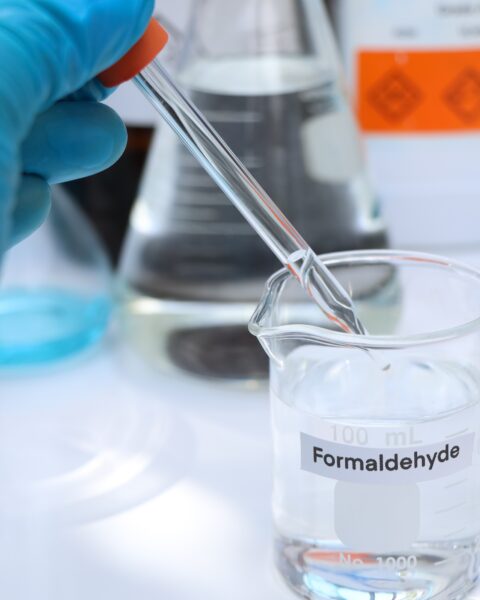Acne is a common skin issue that affects people of all ages, and while it’s often attributed to hormones and genetics, diet plays a significant role as well. The foods we eat can either support clear, healthy skin or contribute to breakouts that can be frustrating to manage. Understanding which foods might be triggering your acne is the key to avoid breakouts. Here are some common foods that have been linked to acne breakouts and how these dietary choices might be impacting your skin.
Contents
- 1 Dairy Products
- 2 Sugary Foods
- 3 Fast Food
- 4 Chocolate
- 5 Refined Grains
- 6 Processed Meats
- 7 Whey Protein
- 8 Spicy Foods
- 9 Nuts
- 10 Soy Products
- 11 Alcohol
- 12 Gluten
- 13 Eggs
- 14 Shellfish
- 15 Caffeine
- 16 Red Meat
- 17 Fried Foods
- 18 More From RetailShout
- 19 15 Stylish Target Finds That Look Way Beyond Their Price
- 20 10 November Food and Drink Pairings for Every Fall Occasion
Dairy Products
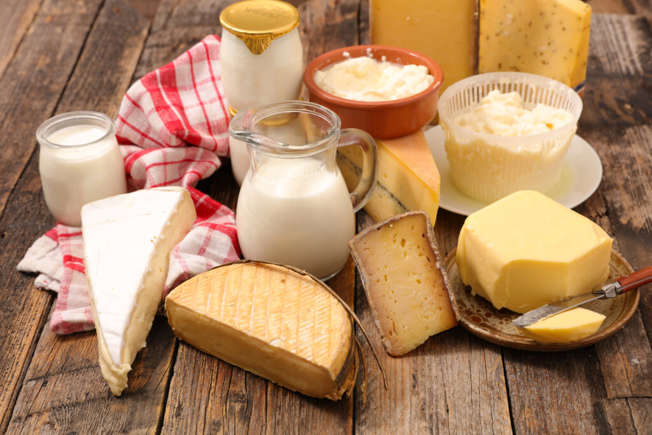
Dairy products, particularly milk, are often linked to acne breakouts. This is because milk contains hormones like IGF-1 (insulin-like growth factor), which can trigger the production of sebum, an oily substance in the skin that clogs pores. Additionally, dairy can increase insulin levels, further exacerbating acne. Many people find that reducing their intake of milk, cheese, and yogurt helps to clear up their skin. However, the impact of dairy on acne can vary depending on the individual.
Sugary Foods

Foods high in sugar, such as candy, pastries, and sodas, can lead to acne breakouts by causing rapid spikes in blood sugar and insulin levels. These spikes can result in increased sebum production and inflammation, both of which contribute to the formation of acne. Moreover, a diet rich in sugary foods can disrupt the balance of gut bacteria, which may also play a role in skin health. Limiting your intake of sugary foods can help manage acne and improve overall skin appearance.
Fast Food

Fast food, including burgers, fries, and fried chicken, is often loaded with unhealthy fats, refined carbohydrates, and sodium, all of which can aggravate acne. The high glycemic index of these foods leads to increased insulin levels, promoting inflammation and sebum production. Additionally, the oils used in frying can lead to clogged pores and skin irritation. Opting for healthier meal choices can significantly reduce the frequency of acne breakouts.
Chocolate

Chocolate, particularly milk chocolate, has been a subject of debate in relation to acne. Milk chocolate is high in sugar and dairy, both of which are known acne triggers. Additionally, chocolate contains certain compounds that can promote inflammation, exacerbating acne symptoms. While dark chocolate is generally considered less problematic due to its lower sugar content, it’s still advisable to monitor how different types of chocolate affect your skin.
Refined Grains
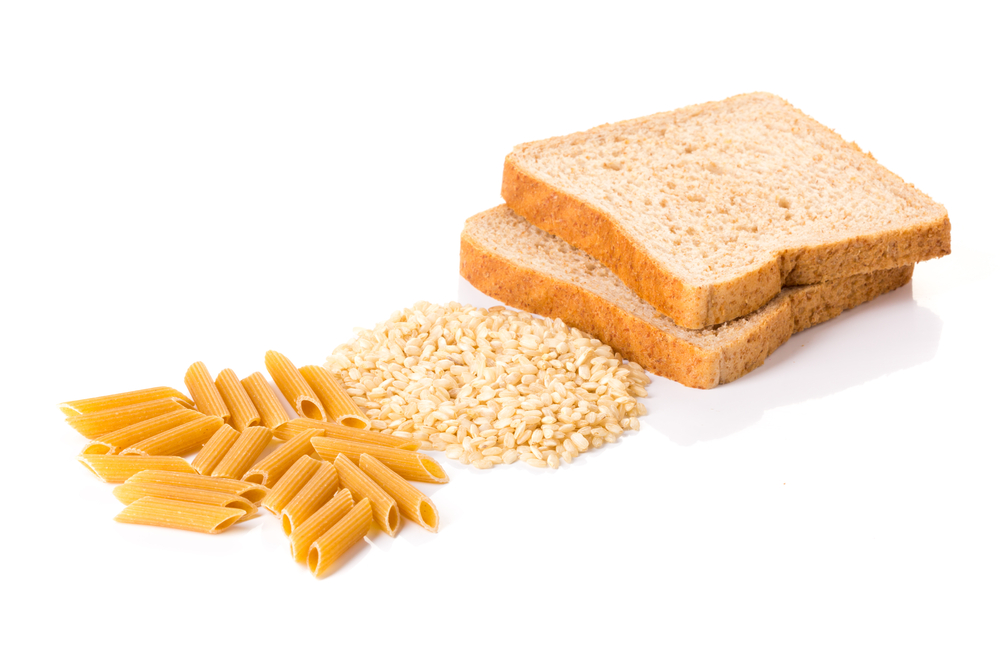
Refined grains, such as white bread, pasta, and white rice, have a high glycemic index, which can lead to spikes in blood sugar and insulin levels. This can increase the risk of developing acne by boosting sebum production and triggering inflammation. Moreover, refined grains are often stripped of their fiber, which is essential for maintaining a healthy gut and, by extension, clear skin. Choosing whole grains over refined ones can help mitigate acne flare-ups.
Processed Meats

Processed meats like bacon, sausages, and deli meats are high in sodium and saturated fats, both of which can contribute to acne breakouts. These foods can increase inflammation in the body and cause water retention, leading to puffy skin and clogged pores. Moreover, the preservatives and additives in processed meats can also irritate the skin and disrupt hormone levels, further exacerbating acne. Reducing your intake of processed meats can improve skin clarity and overall health.
Whey Protein
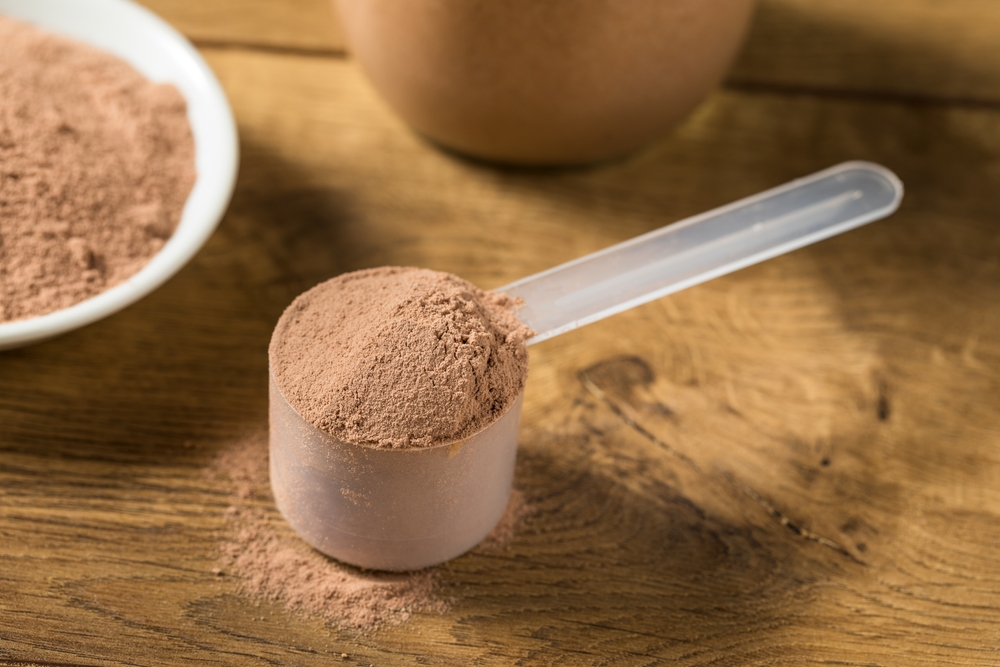
Whey protein, a popular supplement among athletes and fitness enthusiasts, has been linked to acne, particularly in people who are prone to breakouts. Whey protein increases insulin levels, which can boost sebum production and promote the development of acne. Additionally, whey protein contains certain growth factors that may exacerbate acne in some individuals. If you notice an increase in breakouts while using whey protein, consider switching to a plant-based protein powder.
Spicy Foods
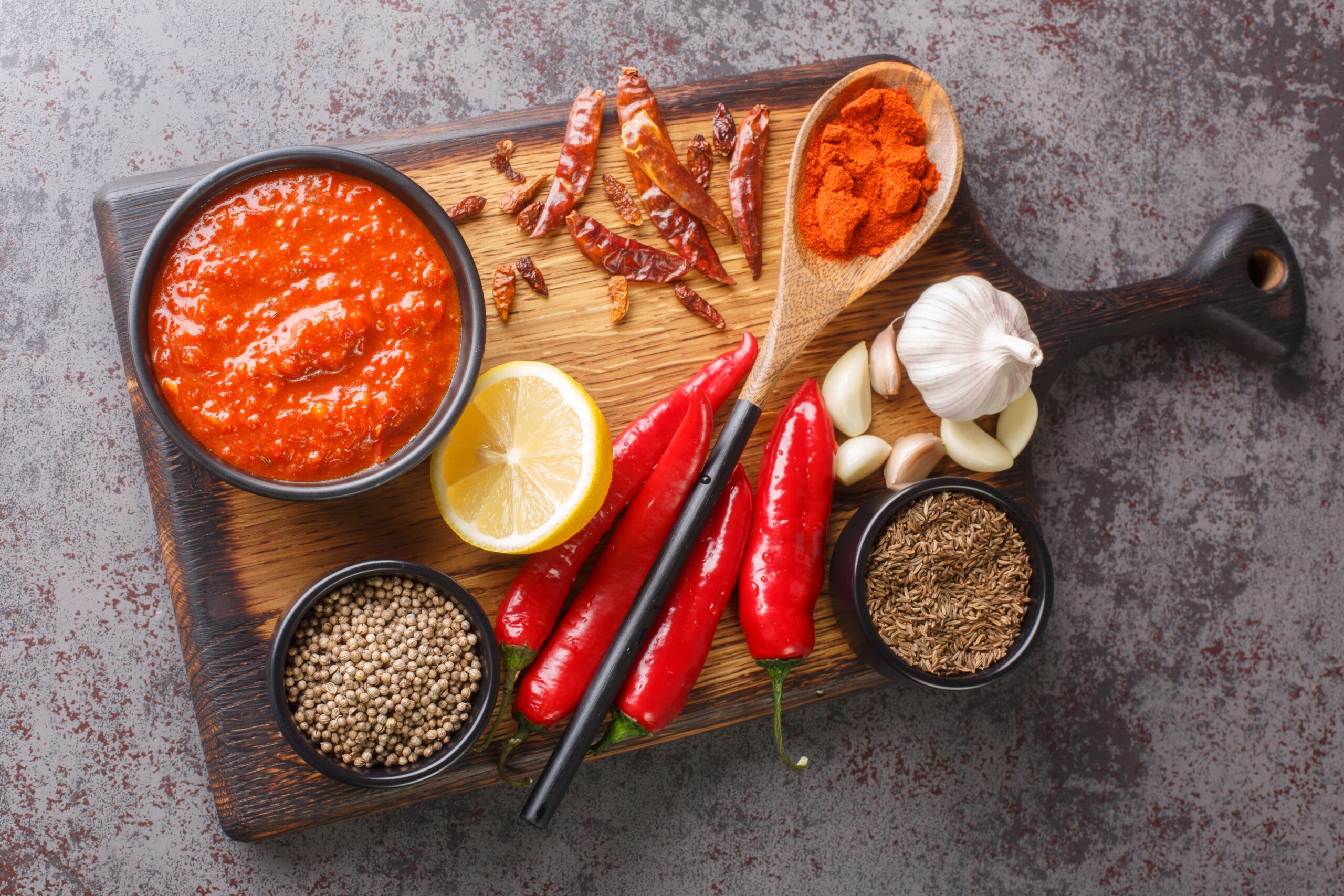
Spicy foods, such as those containing chili peppers, can trigger acne breakouts in some individuals. The capsaicin in spicy foods can increase body temperature and circulation, leading to increased sweating and oil production. This can clog pores and result in acne. Additionally, spicy foods can cause irritation in sensitive skin, exacerbating existing acne issues. If you’re prone to breakouts, consider moderating your intake of spicy dishes.
Nuts
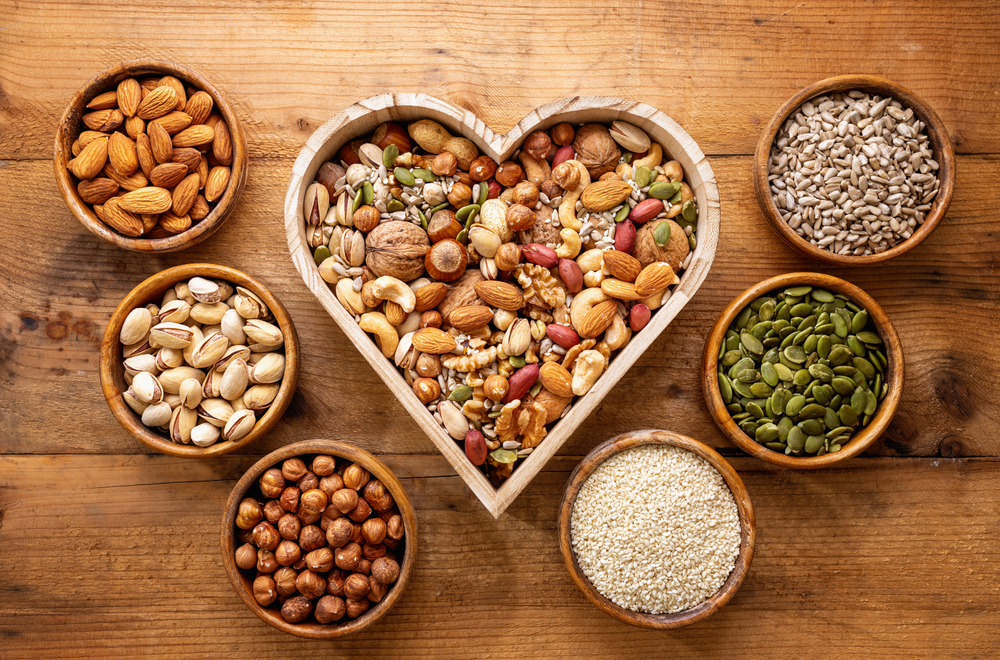
While nuts are generally considered healthy, certain varieties, such as peanuts and walnuts, can trigger acne in some individuals. These nuts are high in omega-6 fatty acids, which can promote inflammation in the body when consumed in excess. Inflammation is a key factor in the development of acne. Balancing your intake of nuts by incorporating more omega-3-rich foods, like fish or flaxseeds, may help reduce acne flare-ups.
Soy Products
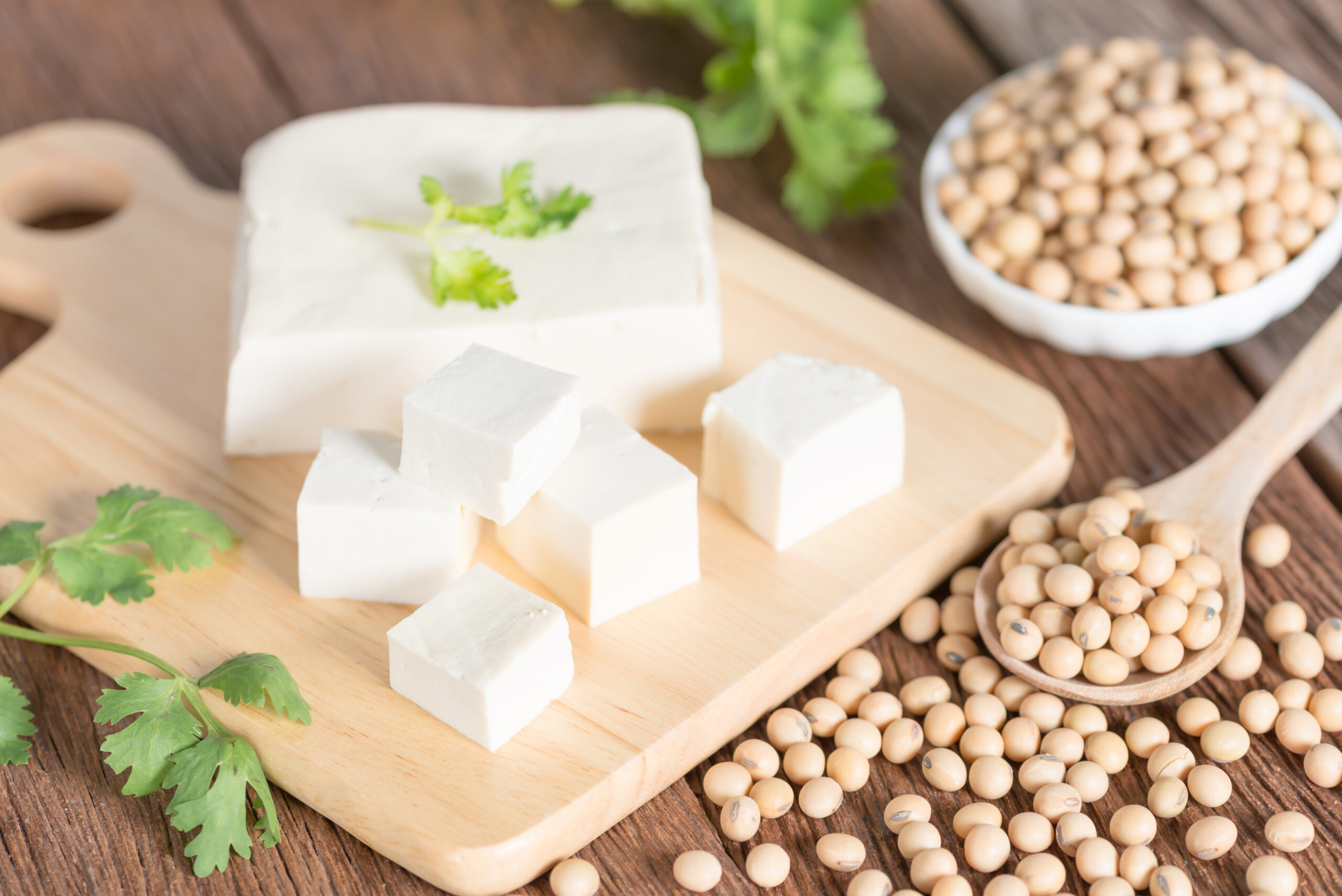
Soy products, including tofu, soy milk, and edamame, contain phytoestrogens, which are plant-based compounds that can mimic estrogen in the body. This hormonal disruption can lead to increased sebum production and acne, particularly in individuals who are sensitive to hormonal changes. Additionally, processed soy products often contain added sugars and preservatives, which can further contribute to breakouts. Monitoring your soy intake can help in managing acne.
Alcohol

Alcohol can have a dehydrating effect on the skin, leading to increased oil production as the skin tries to compensate for the dryness. This excess oil can clog pores and result in acne breakouts. Additionally, alcohol can disrupt hormone levels and weaken the immune system, making it harder for the body to fight off acne-causing bacteria. Limiting alcohol consumption can improve skin health and reduce the frequency of acne flare-ups.
Gluten

For some individuals, gluten-containing foods, such as wheat, barley, and rye, can trigger acne. This is particularly true for those with gluten sensitivity or celiac disease, where gluten can cause inflammation and digestive issues that manifest as skin problems. The link between gluten and acne is still being studied, but some people find that cutting out gluten leads to clearer skin. If you suspect gluten may be affecting your skin, consider trying a gluten-free diet.
Eggs

Eggs, particularly the yolks, are a common allergen and can trigger acne in sensitive individuals. The high levels of biotin (vitamin B7) in eggs can interfere with the absorption of other essential nutrients for skin health, such as vitamin B5. This imbalance can lead to increased oil production and, consequently, acne. If you notice that eggs are causing breakouts, try reducing your intake or eliminating them from your diet temporarily.
Shellfish

Shellfish, including shrimp, crab, and lobster, are high in iodine, which can contribute to acne breakouts, especially when consumed in large amounts. Iodine can build up in the body and cause irritation to the sebaceous glands, leading to clogged pores and acne. Additionally, some people may be allergic to shellfish, which can cause skin inflammation and worsen acne. If you experience breakouts after eating shellfish, it may be best to limit your intake.
Caffeine

Caffeine, found in coffee, tea, and energy drinks, can increase stress levels by stimulating the adrenal glands, leading to higher cortisol production. Elevated cortisol levels can trigger an increase in oil production, which can clog pores and result in acne. Furthermore, caffeine can dehydrate the skin, making it more prone to irritation and breakouts. Reducing caffeine intake and staying hydrated can help maintain clearer skin.
Red Meat
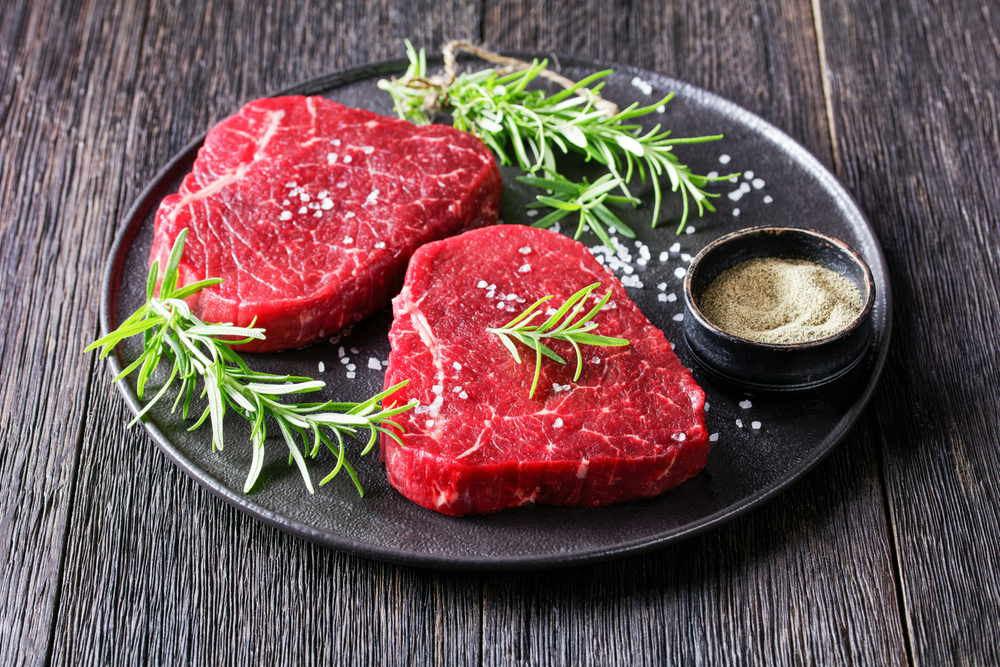
Red meat, such as beef and lamb, is high in saturated fats and certain hormones that can exacerbate acne. Consuming red meat can increase inflammation in the body, which is a key contributor to acne. Moreover, the hormones present in some commercially produced red meat can disrupt the body’s natural hormone balance, leading to increased sebum production. Opting for leaner meats or plant-based protein sources may help reduce acne flare-ups.
Fried Foods

Fried foods, including fries, fried chicken, and doughnuts, are typically cooked in oils that can oxidize and become inflammatory when heated to high temperatures. These oxidized oils can promote inflammation in the skin, leading to clogged pores and acne. Additionally, fried foods are often high in trans fats, which have been linked to increased sebum production. Reducing your intake of fried foods can help improve skin health and reduce the occurrence of acne breakouts.
This article originally appeared on RetailShout.
More From RetailShout
ALDI’s 15 Sneak Peek Finds for the Week of 11/13/24 – 11/19/24

ALDI’s got some awesome finds lined up this week, perfect for getting ready for the holiday season. From cozy decor to gadgets that make life easier, there’s something for everyone in the lineup. Read More.

It’s amazing how Target manages to offer such stylish pieces that don’t break the bank. From home décor to trendy outfits, Target is full of hidden gems that look way more expensive than they are. Read More.

Fall is the perfect time to enjoy comforting meals paired with seasonal drinks that enhance the flavors of the season. From cozy dinners to festive gatherings, the right food and drink pairing can elevate your fall experience. Read More.




